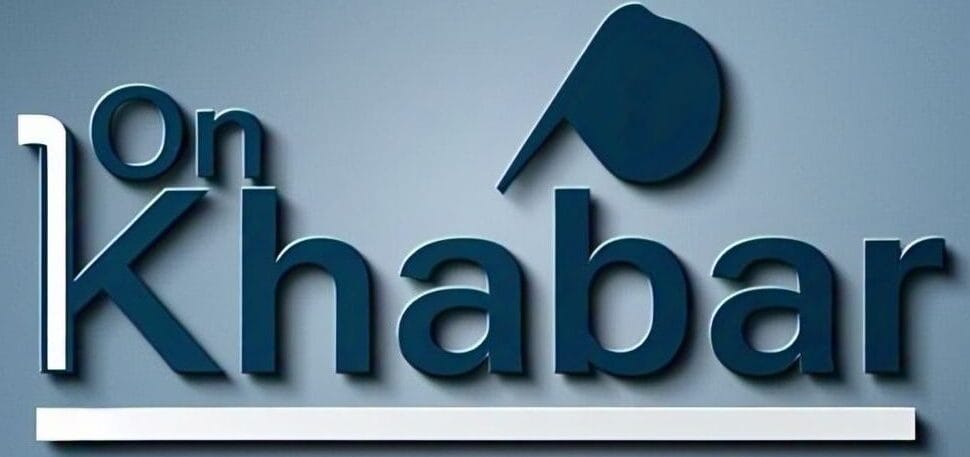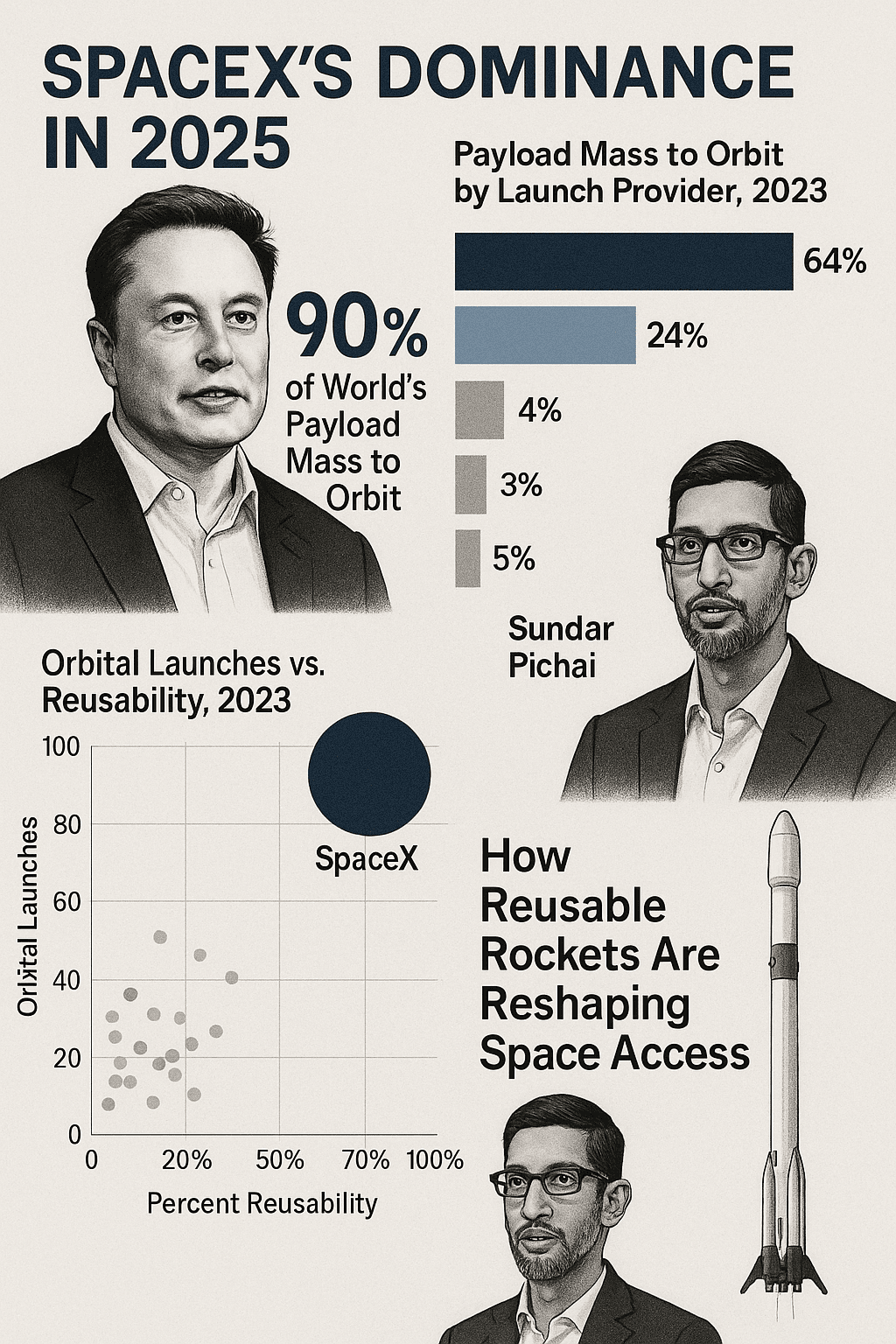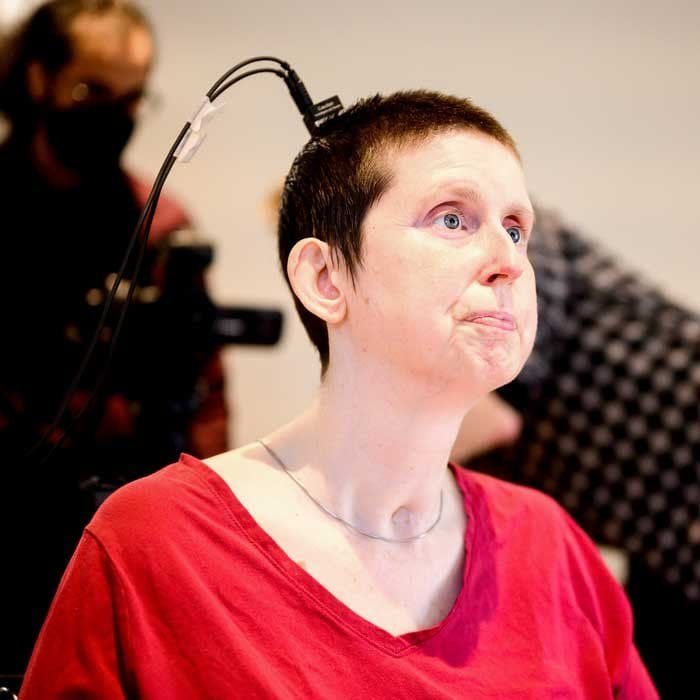
Discover how a groundbreaking brain-computer interface restored speech and facial expressions for Ann, a stroke survivor, using real-time AI technology. Explore the science, her journey, and future implications. AI Revolutionized Communication for a Stroke
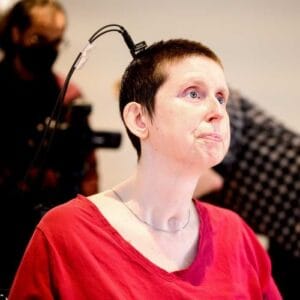
A Breakthrough in Neurotechnology.
At 30, Ann’s life changed forever when a sudden brainstem stroke left her with locked-in syndrome—fully conscious but unable to speak or move. For 18 years, she communicated through painstaking head movements to type words. Now, a brain implant and AI avatar have given her a voice again, marking a monumental leap in neuroscience. This blog explores how cutting-edge technology transformed Ann’s life and what it means for the future of communication.
Ann’s work with UCSF neurosurgeon Edward Chang, MD, and his team plays an important role in helping advance the development of devices that can give a voice to people unable to speak. Video by Pete Bell
The Science Behind the Brain-Computer Interface.
The device, developed by researchers at UC San Francisco and UC Berkeley, uses a paper-thin electrode array implanted on Ann’s brain. These electrodes capture signals intended for her facial muscles and vocal tract, which are decoded by AI into speech and expressions. Here’s how it works:
- Real-Time Phoneme Decoding: Unlike older systems that translate whole words, this tech breaks speech into phonemes (e.g., “AH” or “L”). By learning 39 phonemes, the AI reconstructs any English word swiftly, achieving 80 words per minute—far faster than Ann’s previous 14-word device.
- Voice Synthesis: A recording from Ann’s wedding allowed the team to recreate her pre-stroke voice. “Hearing it feels like an old friend,” she shared.
- Facial Animation: Software from Speech Graphics animates a digital avatar using Ann’s brain signals, syncing lip movements and expressions like smiles or surprise.
This seamless integration of neuroscience and AI eliminates delays, enabling natural conversations for the first time in decades.
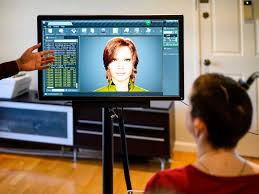
Ann’s Journey: From Silence to Advocacy
Ann’s stroke in 2005 left her a single mother to a 13-month-old daughter, battling isolation and fear. Years of therapy restored minimal movement, but speech remained elusive.
In 2021, she joined Dr. Edward Chang’s clinical trial. “I want to show others disabilities don’t define us,” Ann wrote. Her participation was pivotal—training the AI to recognize her brain’s unique signals by repeating phrases hundreds of times.
Her husband Bill recalls the trial’s rapid progress: “Seeing her communicate in real time… it was quicker than anyone imagined.”

The Role of AI and Personalized Medicine
Key innovations made this breakthrough possible:
- Machine Learning Algorithms: Custom models translated neural patterns into phonemes, enabling fluid speech.
- Personalized Voice Synthesis: By using Ann’s archived voice, the system restored her identity, crucial for emotional connection.
- Facial Muscle Simulation: The avatar’s expressions, driven by brain signals, added depth to her communication, bridging the gap between intention and expression.
“We’re compensating for damaged neural pathways,” explained Kaylo Littlejohn, a UC Berkeley researcher. This approach could soon help others with paralysis or ALS.
Impact and Future of Brain-Computer Interfaces
Ann’s case isn’t just a milestone—it’s a blueprint for the future:
- Wireless Freedom: Researchers aim to eliminate cables, granting users mobility.
- FDA Approval: Dr. Chang envisions regulatory clearance within years, making this tech widely accessible.
- Expanding Vocabulary: Future updates may support larger lexicons and languages beyond English.
Jonathan Brumberg, a speech neuroscience expert, hailed the tech as “a significant advance in naturalness,” emphasizing its potential to restore embodied communication—a blend of speech, tone, and expression.
Conclusion: A New Era of Hope
Ann’s story is more than a medical triumph; it’s a testament to resilience. “This study let me live while I’m still alive,” she wrote. As brain-computer interfaces evolve, thousands like Ann could regain their voices, reshaping societal views on disability.
For now, Ann dreams of counseling others in rehab: “I want them to see life isn’t over.” With continued innovation, her vision—and voice—will echo far beyond the lab.
Keywords: brain implant speech, locked-in syndrome communication, AI speech synthesis, real-time brain-computer interface, stroke recovery technology, Edward Chang UCSF.
